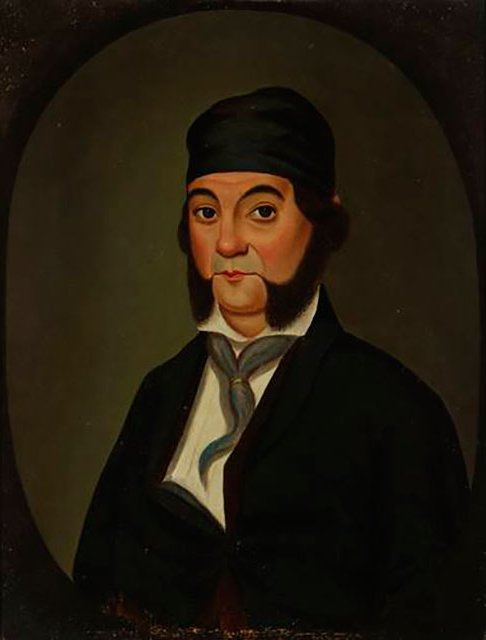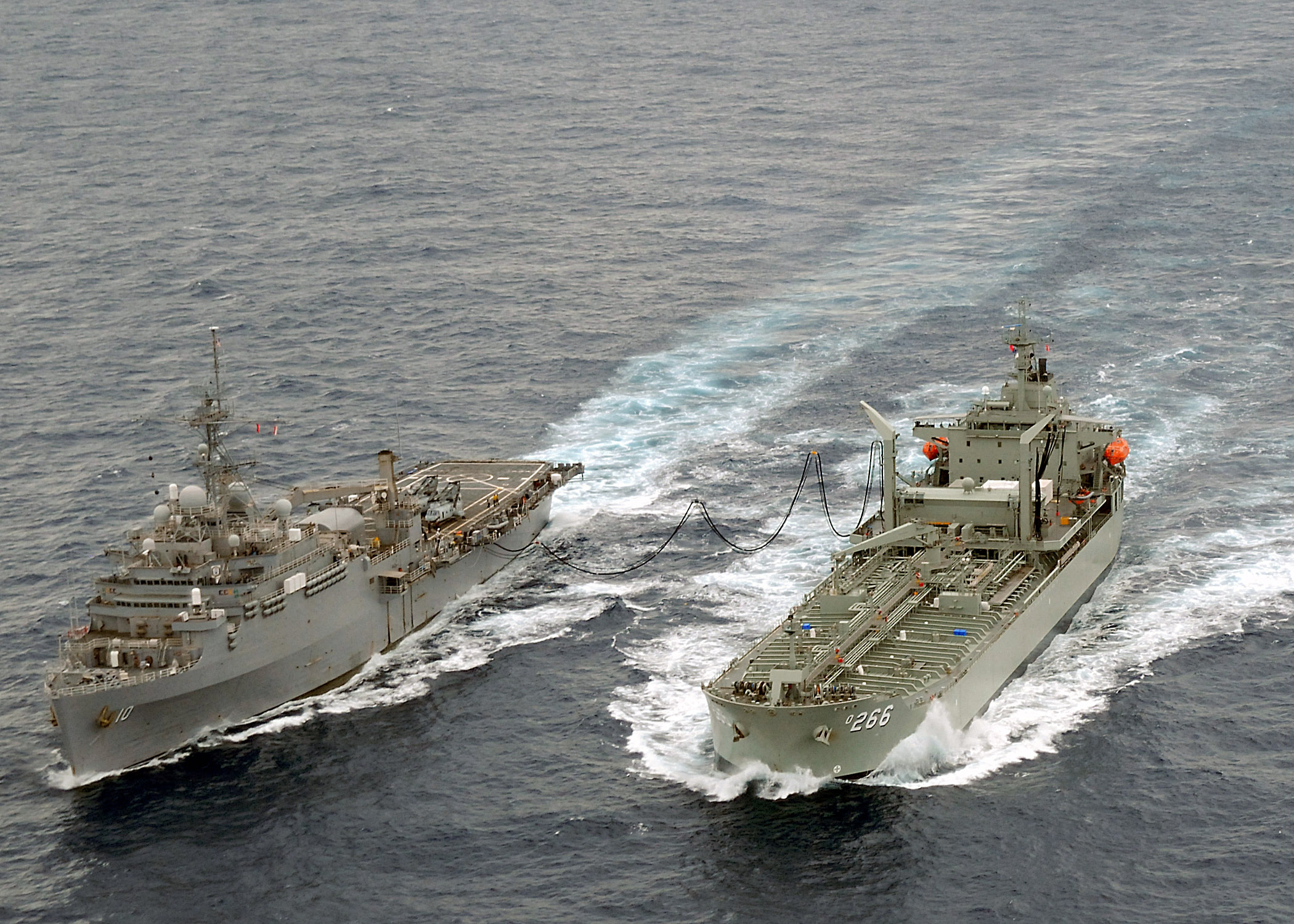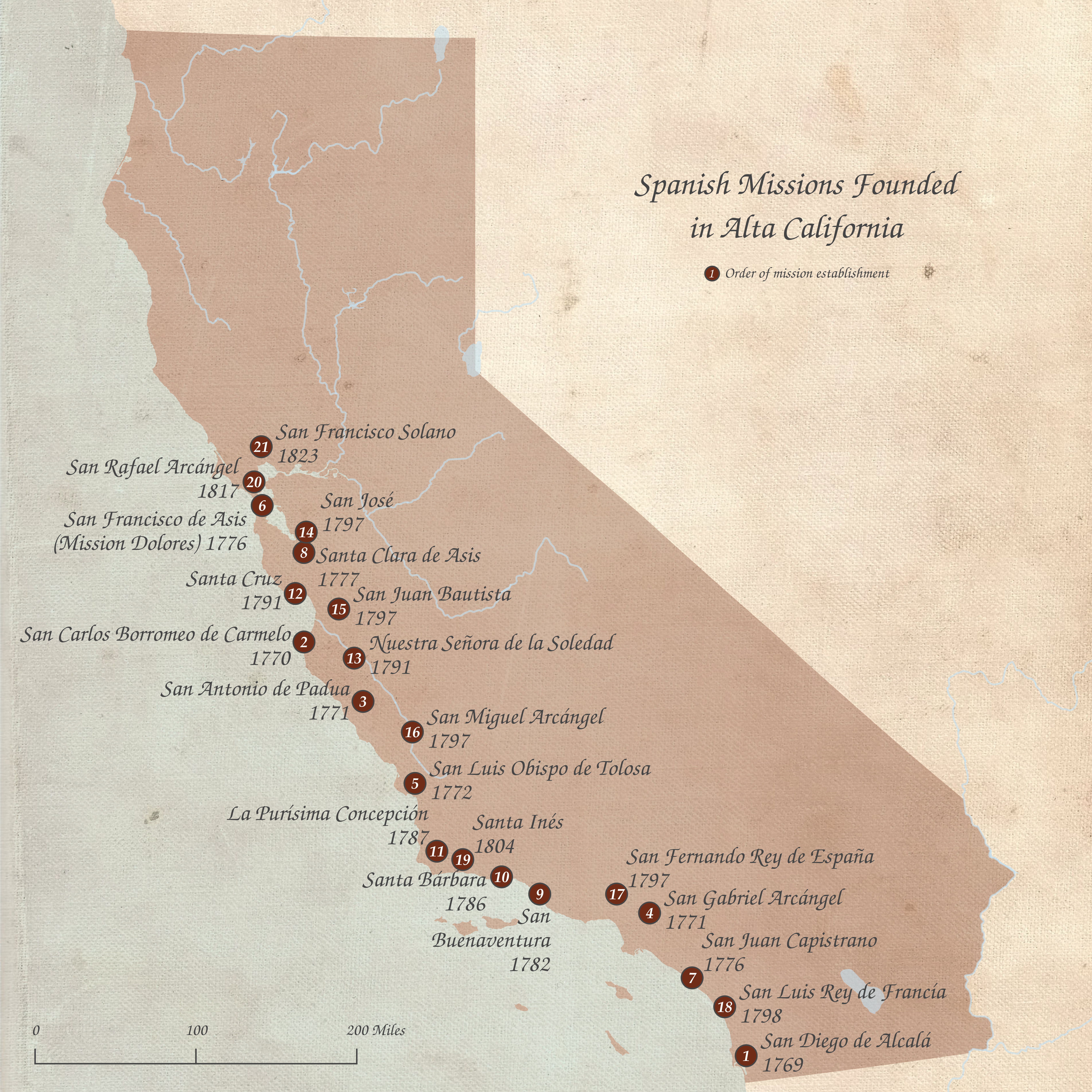|
Diego Sepúlveda Adobe
The Diego Sepúlveda Adobe (sometimes known as the Costa Mesa Estancia or the Santa Ana Estancia) is an adobe structure in Costa Mesa, California, Costa Mesa, Orange County, California. History The adobe was built between 1817 and 1823 to house the Majordomo (domestic staff), mayordomo and herdsmen who tended the cattle and horses from Mission San Juan Capistrano to the south, in Alta California. The way-station was strategically situated on the banks of the Santa Ana River, some six ''leguas'' (League (unit)#Spain, Spanish Leagues) north of the parent mission, to overlook cattle grazing lands and the Tongva villagers of Lupukngna. It served as a lookout post when the French people, French privateer Hippolyte de Bouchard attacked San Juan Capistrano on December 14, 1818. By 1820 the building and its surrounding lands became an official ''estancia'' (mission station), where padres from the mission would visit regularly to bring "spiritual food" to the faithful.; p. 114 After the ... [...More Info...] [...Related Items...] OR: [Wikipedia] [Google] [Baidu] |
Costa Mesa, California
Costa Mesa (; Spanish for "Table Coast") is a city in Orange County, California. Since its incorporation in 1953, the city has grown from a semi-rural farming community of 16,840 to an urban area including part of the South Coast Plaza–John Wayne Airport edge city, one of the region's largest commercial clusters, with an economy based on retail, commerce, and light manufacturing. The city is home to the two tallest skyscrapers in Orange County. The population was 111,918 at the 2020 census. History Members of the Tongva and Acjachemen nations long inhabited the area. The Tongva villages of Lupukngna, at least 3,000 years old, and the shared Tongva and Acjachemen village of Genga, at least 9,500 years old, were located in the area on the bluffs along the Santa Ana River. After the 1769 expedition of Gaspar de Portolà, a Spanish expedition led by Junípero Serra named the area Vallejo de Santa Ana (Valley of Saint Anne). On November 1, 1776, Mission San Juan Capistrano ... [...More Info...] [...Related Items...] OR: [Wikipedia] [Google] [Baidu] |
Juan Jose Sepulveda
''Juan'' is a given name, the Spanish and Manx versions of ''John''. It is very common in Spain and in other Spanish-speaking communities around the world and in the Philippines, and also (pronounced differently) in the Isle of Man. In Spanish, the diminutive form (equivalent to ''Johnny'') is , with feminine form (comparable to ''Jane'', ''Joan'', or ''Joanna'') , and feminine diminutive (equivalent to ''Janet'', ''Janey'', ''Joanie'', etc.). Chinese terms * ( or 娟, 隽) 'beautiful, graceful' is a common given name for Chinese women. * () The Chinese character 卷, which in Mandarin is almost homophonic with the characters for the female name, is a division of a traditional Chinese manuscript or book and can be translated as 'fascicle', 'scroll', 'chapter', or 'volume'. Notable people * Juan (footballer, born 1979), Brazilian footballer * Juan (footballer, born 1982), Brazilian footballer * Juan (footballer, born March 2002), Brazilian footballer * Juan (footballer ... [...More Info...] [...Related Items...] OR: [Wikipedia] [Google] [Baidu] |
Adobe Buildings And Structures In California
Adobe ( ; ) is a building material made from earth and organic materials. is Spanish for ''mudbrick''. In some English-speaking regions of Spanish heritage, such as the Southwestern United States, the term is used to refer to any kind of earthen construction, or various architectural styles like Pueblo Revival or Territorial Revival. Most adobe buildings are similar in appearance to cob and rammed earth buildings. Adobe is among the earliest building materials, and is used throughout the world. Adobe architecture has been dated to before 5,100 B.C. Description Adobe bricks are rectangular prisms small enough that they can quickly air dry individually without cracking. They can be subsequently assembled, with the application of adobe mud to bond the individual bricks into a structure. There is no standard size, with substantial variations over the years and in different regions. In some areas a popular size measured weighing about ; in other contexts the size is weighin ... [...More Info...] [...Related Items...] OR: [Wikipedia] [Google] [Baidu] |
World War II
World War II or the Second World War, often abbreviated as WWII or WW2, was a world war that lasted from 1939 to 1945. It involved the vast majority of the world's countries—including all of the great powers—forming two opposing military alliances: the Allies and the Axis powers. World War II was a total war that directly involved more than 100 million personnel from more than 30 countries. The major participants in the war threw their entire economic, industrial, and scientific capabilities behind the war effort, blurring the distinction between civilian and military resources. Aircraft played a major role in the conflict, enabling the strategic bombing of population centres and deploying the only two nuclear weapons ever used in war. World War II was by far the deadliest conflict in human history; it resulted in 70 to 85 million fatalities, mostly among civilians. Tens of millions died due to genocides (including the Holocaust), starvation, ma ... [...More Info...] [...Related Items...] OR: [Wikipedia] [Google] [Baidu] |
Oiler (ship)
A replenishment oiler or replenishment tanker is a naval auxiliary ship with fuel tanks and dry cargo holds which can supply both fuel and dry stores during underway replenishment (UNREP) at sea. Many countries have used replenishment oilers. The United States Navy's hull classification symbol for this type of ship was AOR. Replenishment oilers are slower and carry fewer dry stores than the U.S. Navy's modern fast combat support ships, which carry the classification AOE. History The development of the "oiler" paralleled the change from coal- to oil-fired boilers in warships. Prior to the adoption of oil fired machinery, navies could extend the range of their ships either by maintaining coaling stations or for warships to raft together with colliers and for coal to be manhandled aboard. Though arguments related to fuel security were made against such a change, the ease with which liquid fuel could be transferred led in part to its adoption by navies worldwide. One of the first ... [...More Info...] [...Related Items...] OR: [Wikipedia] [Google] [Baidu] |
USNS Mission Buenaventura (AO‑111)
SS ''Mission Buenaventura'' was a Type T2-SE-A2 tanker built for the United States Maritime Commission during World War II. After the war she was acquired by the United States Navy as USS ''Mission Buenaventura'' (AO-111). Later the tanker transferred to the Military Sea Transportation Service as USNS ''Mission Buenaventura'' (T-AO-111). The lead ship in her class of fleet oilers, she was named for Mission San Buenaventura located in Ventura, California. Operational history SS ''Mission Buenaventura'' was laid down 29 March 1944 under a Maritime Commission contract by Marinship Corporation, Sausalito, California; launched 28 May 1944; sponsored by Mrs. Fred W. Boole; and delivered 28 June 1944. Chartered to Deconhill Shipping Company, for operations, she spent the remainder of the War supporting the victorious Allied forces in the Pacific. She was returned to the Maritime Commission in March 1946 and on 30 March was laid up in the Maritime Commission Reserve Fleet at Mobile, ... [...More Info...] [...Related Items...] OR: [Wikipedia] [Google] [Baidu] |
USNS Mission Santa Ana (AO-137)
USNS ''Mission Santa Ana'' (T-AO-137) was a that served in the United States Navy. The ship was originally intended as USS ''Concho'' (AO-102) for the U.S. Navy but her acquisition was canceled. The ship, a Type T2-SE-A3 tanker, was completed as SS ''Mission Santa Ana'' and delivered after the end of World War II. The tanker was acquired by the U.S. Navy in 1948 as USS ''Mission Santa Ana'' (AO-137), but was transferred to the Military Sea Transport Service upon its creation in 1949. The ship was named for the Santa Ana ''Estancia'' (a station of Mission San Juan Capistrano, one of the twenty-one California missions), she was the only U.S. Naval Vessel to bear the name. Career Originally laid down as ''Concho'' on 18 April 1945 as a Maritime Commission type (T2-SE-A3) tanker hull under Maritime Commission contract (MC hull 1828) by Marinship Corporation of Sausalito, California; launched on 25 July 1945, sponsored by Mrs. D. J. Johnson; and delivered on 25 October 1945. Char ... [...More Info...] [...Related Items...] OR: [Wikipedia] [Google] [Baidu] |
:Category:Ranchos Of Orange County, California
''The historic Ranchos that were located in present day Orange County, California'' ---- {{- *''Map link:Spanish and Mexican Ranchos of Orange County' Orange County Orange County most commonly refers to: *Orange County, California, part of the Los Angeles metropolitan area Orange County may also refer to: U.S. counties *Orange County, Florida, containing Orlando *Orange County, Indiana *Orange County, New ... Geography of Orange County, California ... [...More Info...] [...Related Items...] OR: [Wikipedia] [Google] [Baidu] |
California Historical Landmarks In Orange County, California
List table of the properties and districts — listed on the California Historical Landmarks — within Orange County, California. *Note: ''Click the "Map of all coordinates" link to the right to view a Google map of all properties and districts with latitude and longitude coordinates in the table below.'' Listings References See also *List of California Historical Landmarks *National Register of Historic Places listings in Orange County, California __NOTOC__ This is a list of the National Register of Historic Places listings in Orange County, California. This is intended to be a complete list of the properties and districts on the National Register of Historic Places in Orange County, Cal ... {{DEFAULTSORT:California Historical Landmarks * . *List of California Historical Landmarks C01 Protected areas of Orange County, California History of Southern California ... [...More Info...] [...Related Items...] OR: [Wikipedia] [Google] [Baidu] |
History Of Orange County, California
Orange County is located in the Los Angeles metropolitan area in Southern California. As of the 2020 census, the population was 3,186,989, making it the third-most-populous county in California, the sixth-most-populous in the United States, and more populous than 19 American states and Washington, D.C. Although largely suburban, it is the second-most-densely-populated county in the state behind San Francisco County. The county's three most-populous cities are Anaheim, Santa Ana, and Irvine, each of which has a population exceeding 300,000. Santa Ana is also the county seat. Six cities in Orange County are on the Pacific coast: Seal Beach, Huntington Beach, Newport Beach, Laguna Beach, Dana Point, and San Clemente. Orange County is included in the Los Angeles-Long Beach-Anaheim Metropolitan Statistical Area. The county has 34 incorporated cities. Older cities like Old Town Tustin, Santa Ana, Anaheim, Orange, and Fullerton have traditional downtowns dating back to the ... [...More Info...] [...Related Items...] OR: [Wikipedia] [Google] [Baidu] |
List Of Spanish Missions In California
Franciscan priests established 21 missions between 1769 and 1833 in Alta California, accompanied by military outposts. Their goal was to spread Christianity among the local Native Americans, as well as to affirm Spanish, and later Mexican, claims to the region. Overview To facilitate overland travel, the mission settlements were situated approximately 30 miles (48 kilometers) apart, about one day's journey on horseback, or three days on foot. The entire trail eventually became a 600-mile (966-kilometer) long "California Mission Trail." Rev. Lasuén successfully argued that filling in the empty spaces along El Camino Real with additional outposts would provide much-needed rest stops where travelers could take lodging in relative safety and comfort. Heavy freight movement was practical only via water. Tradition has it that the padres sprinkled mustard seeds along the trail to mark it with bright yellow flowers. Today a growing number of people, calling themselves California ... [...More Info...] [...Related Items...] OR: [Wikipedia] [Google] [Baidu] |
History Museum
A museum ( ; plural museums or, rarely, musea) is a building or institution that cares for and displays a collection of artifacts and other objects of artistic, cultural, historical, or scientific importance. Many public museums make these items available for public viewing through exhibits that may be permanent or temporary. The largest museums are located in major cities throughout the world, while thousands of local museums exist in smaller cities, towns, and rural areas. Museums have varying aims, ranging from the conservation and documentation of their collection, serving researchers and specialists, to catering to the general public. The goal of serving researchers is not only scientific, but intended to serve the general public. There are many types of museums, including art museums, natural history museums, science museums, war museums, and children's museums. According to the International Council of Museums (ICOM), there are more than 55,000 museums in 202 countries ... [...More Info...] [...Related Items...] OR: [Wikipedia] [Google] [Baidu] |

_1.jpg)



